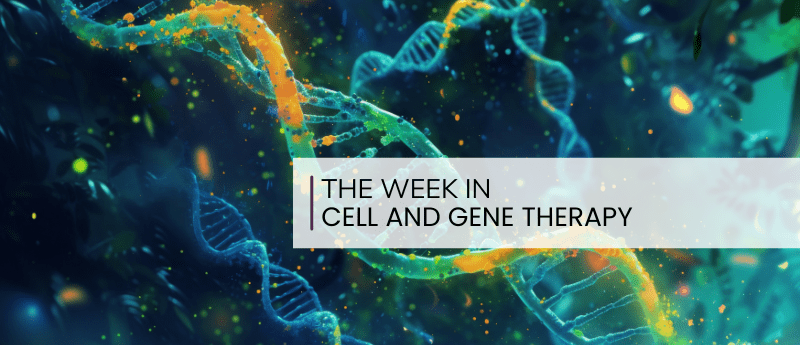Although advancements in analytical drug substance testing are being made, the increasing diversity of the therapeutic landscape is necessitating further innovation.
The analytical testing of drug substances is a critical aspect of development and manufacturing within the bio/pharma industry. These comprehensive tests are used throughout the drug development lifecycle to ensure each product used within a therapy is safe and effective for use, and of the highest quality. To learn more about drug substance testing, Pharmaceutical Technology® spoke with Pavan Kumar Kunala, global biologics lead, Almac Sciences, and Sander Kok, PhD, director Analytical Sciences at Ardena.



Comments
Post a Comment